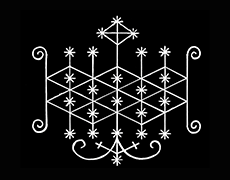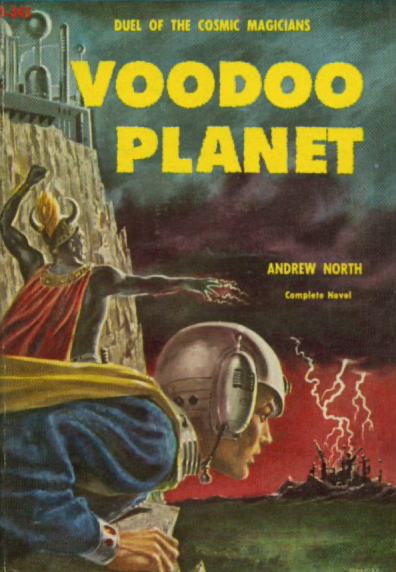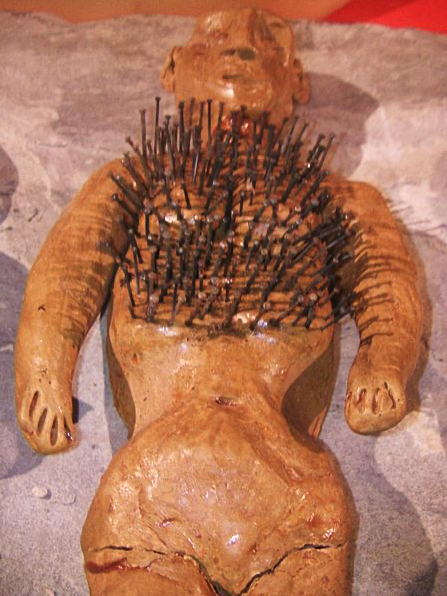
Voodoo dolls are small figures that are often associated with the religion and spirituality of Voodoo, a syncretic religion that originated in West Africa and was brought to the Americas through the transatlantic slave trade.
The history and origins of voodoo dolls are rooted in the spiritual practices of the people who brought Voodoo to the Americas, and they have evolved over time to become a symbol of the religion.
The origins of voodoo dolls can be traced back to West Africa, where dolls were used in religious and spiritual rituals. These dolls were often made of natural materials such as clay, wood, or straw, and were used as a representation of a deity or ancestor.

They were used in rituals to communicate with the spirit world and to request protection, healing, or guidance.
When Voodoo was brought to the Americas through the transatlantic slave trade, the dolls were used in similar ways by enslaved people. In other words, they were used to communicate with spirits and to request protection and guidance in the difficult conditions of slavery.
Over time, the dolls began to take on a new significance when they were used to represent the spirits of enslaved people and to honor their ancestors.
In the 20th century, voodoo dolls began to be associated with the practice of hoodoo, a form of African-American folk magic.
This is when voodoo dolls began to be associated with the practice of sticking pins in dolls to cause harm to others. This is not a traditional practice of voodoo and is not something that is condoned by practitioners, although this was a common practice in European witchcraft.

Today, voodoo dolls are often used as a symbol of Voodoo and are widely available as souvenirs and tourist items.
They are also used in some modern Voodoo rituals, but they are not typically used in the way they are commonly portrayed in popular culture and movies.

